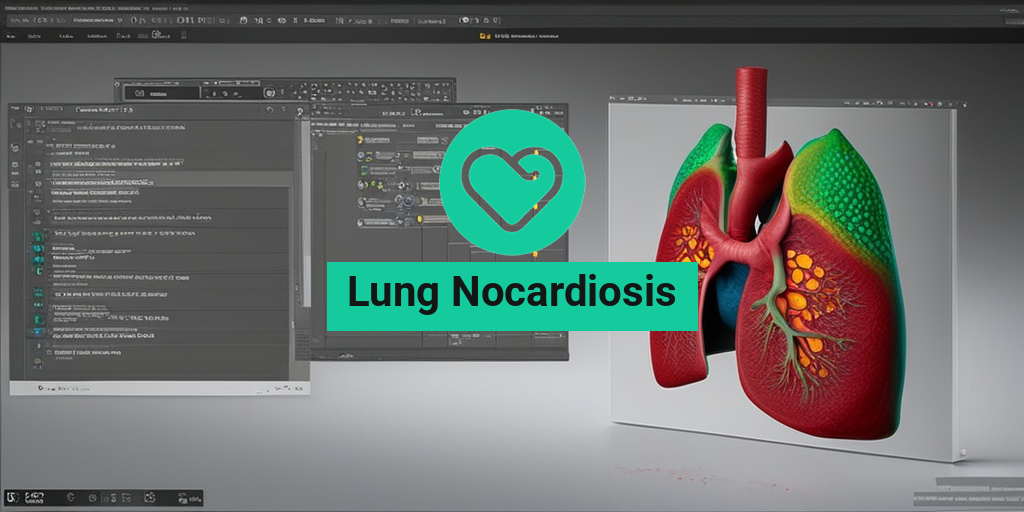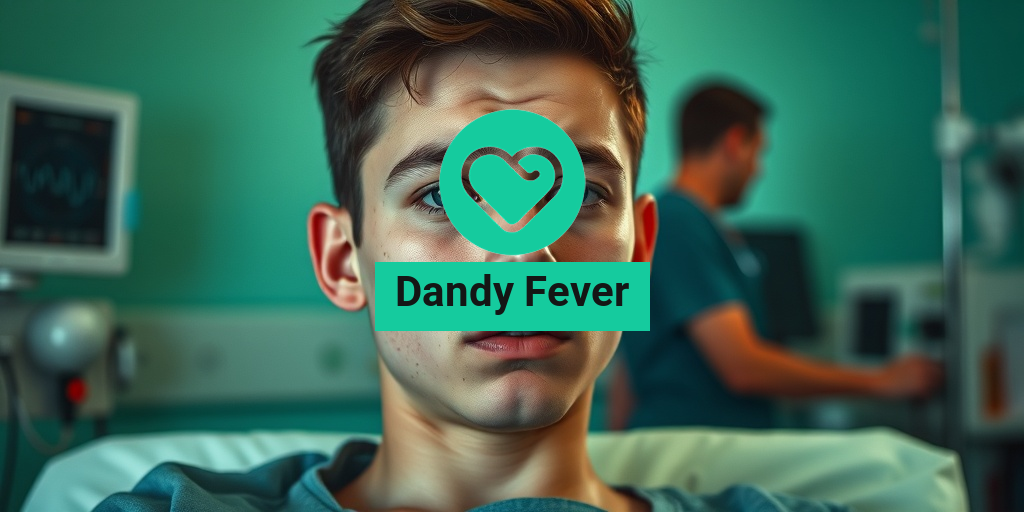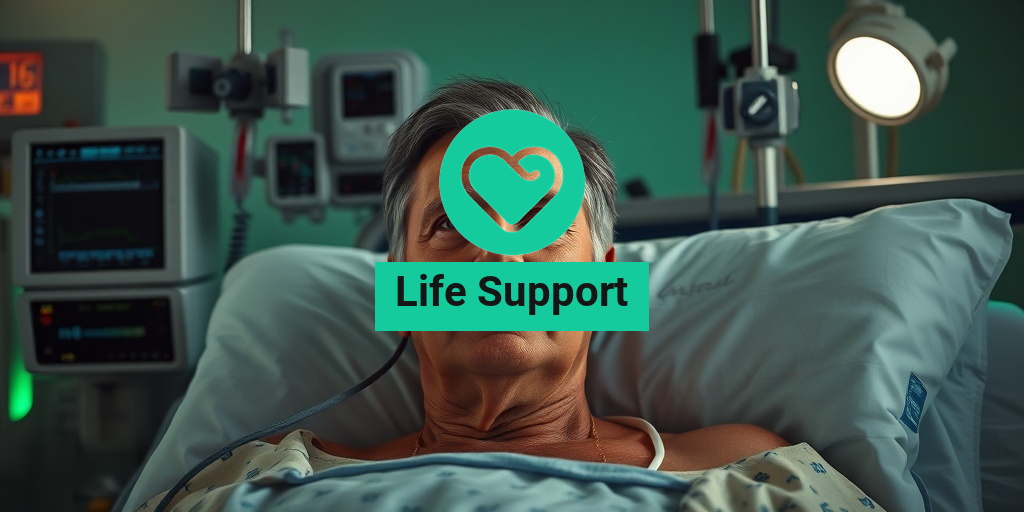What Is Lung Nocardiosis?
Lung Nocardiosis is a rare and serious bacterial infection that affects the lungs. It is caused by the bacterium Nocardia, which is commonly found in soil and water. The infection typically occurs in people with weakened immune systems, such as those with HIV/AIDS, cancer, or taking immunosuppressive medications.
How Does Nocardiosis Affect the Lungs?
When Nocardia bacteria enter the lungs, they can cause inflammation and damage to the lung tissue. This can lead to the formation of lung nodules or abscesses, which can be seen on imaging tests such as chest X-rays or CT scans. In severe cases, the infection can spread to other parts of the body, including the brain, skin, and other organs.
It’s essential to seek medical attention immediately if you experience any symptoms of Lung Nocardiosis, as prompt treatment can significantly improve outcomes.
Lung Nocardiosis Symptoms
The symptoms of Lung Nocardiosis can vary from person to person, but common signs and symptoms include:
- Coughing, which may produce phlegm or blood
- Chest pain or discomfort
- Shortness of breath or difficulty breathing
- Fever, chills, or night sweats
- Fatigue or weakness
- Weight loss
In some cases, people with Lung Nocardiosis may not exhibit any symptoms at all, which can make diagnosis challenging. If you have a weakened immune system or are experiencing any of these symptoms, it’s crucial to consult with your healthcare provider.
For accurate diagnosis and treatment, your healthcare provider may perform various tests, including:
- Chest X-rays or CT scans to visualize the lungs and detect any abnormalities
- Sputum tests to examine the bacteria in your phlegm
- Blood tests to check for signs of infection or inflammation
If you’re concerned about your lung health or have questions about Lung Nocardiosis, consider consulting with a healthcare professional or visiting a trusted online resource like Yesil Health AI (yesilhealth.com) for evidence-based health answers. 🏥
Remember, early detection and treatment are critical in managing Lung Nocardiosis. Don’t hesitate to seek medical attention if you’re experiencing any symptoms or have concerns about your lung health. 💊
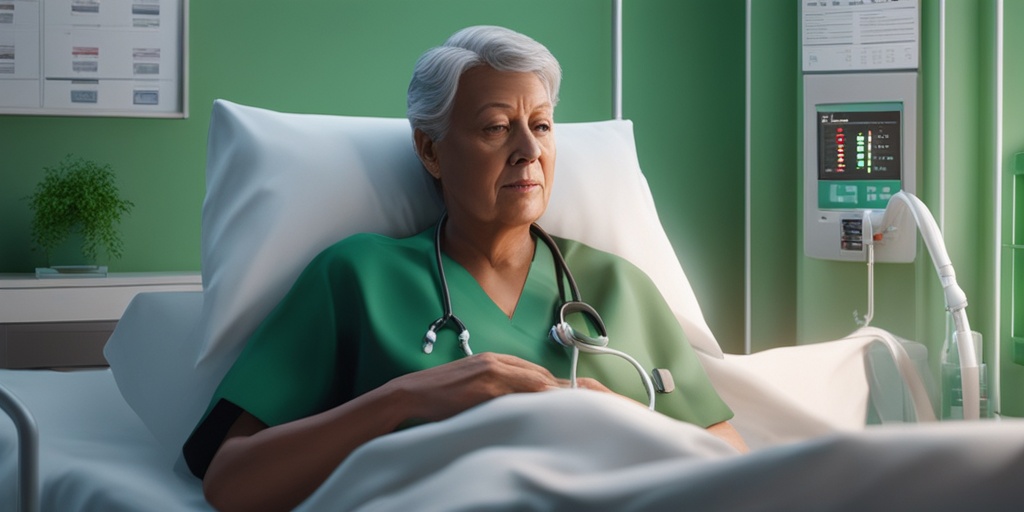
Lung Nocardiosis Causes and Risk Factors
Lung Nocardiosis is a rare and opportunistic infection that affects the lungs, primarily caused by the bacterium Nocardia asteroides. While anyone can contract this infection, certain individuals are more susceptible to it due to various risk factors. In this section, we’ll delve into the causes and risk factors associated with Lung Nocardiosis.
Causes of Lung Nocardiosis
The primary cause of Lung Nocardiosis is the Nocardia asteroides bacterium, which is commonly found in soil and water. When this bacterium enters the lungs, it can cause an infection. The infection can occur through various means, including:
- Inhalation of contaminated soil or dust particles
- Contaminated water or food
- Organ transplant or other medical procedures
- Direct contact with an infected person or animal
Risk Factors for Lung Nocardiosis
Certain individuals are more prone to developing Lung Nocardiosis due to various risk factors. These include:
- Weakened immune system: People with compromised immune systems, such as those with HIV/AIDS, cancer, or taking immunosuppressive medications, are more susceptible to Lung Nocardiosis.
- Chronic lung disease: Individuals with pre-existing lung conditions, such as chronic obstructive pulmonary disease (COPD), are more likely to develop Lung Nocardiosis.
- Organ transplant recipients: People who have undergone organ transplants, especially lung transplants, are at a higher risk of developing Lung Nocardiosis.
- Prolonged hospitalization: Patients who have been hospitalized for an extended period are more likely to contract Lung Nocardiosis due to the increased risk of exposure to the bacterium.
- Older adults: Elderly individuals are more susceptible to Lung Nocardiosis due to their weakened immune systems and potential underlying health conditions.
It’s essential to be aware of these risk factors and take necessary precautions to minimize the risk of developing Lung Nocardiosis. If you or a loved one is experiencing symptoms, consult a healthcare professional for proper diagnosis and treatment.
How Is Lung Nocardiosis Diagnosed?
Diagnosing Lung Nocardiosis can be challenging due to its rarity and similarity to other lung infections. However, a combination of medical history, physical examination, and diagnostic tests can help healthcare professionals accurately diagnose the condition.
Medical History and Physical Examination
A healthcare professional will typically start by taking a thorough medical history, including:
- Reviewing symptoms, such as cough, fever, and chest pain
- Assessing risk factors, such as weakened immune system or chronic lung disease
- Conducting a physical examination, including listening to lung sounds and checking for signs of respiratory distress
Diagnostic Tests
Several diagnostic tests may be ordered to confirm the diagnosis of Lung Nocardiosis. These include:
- Chest X-ray or CT scan: Imaging tests to visualize the lungs and identify any abnormalities, such as nodules or infiltrates.
- Sputum culture: A test to identify the presence of Nocardia asteroides in sputum samples.
- Blood tests: To check for signs of infection, such as elevated white blood cell count or inflammatory markers.
- Bronchoscopy: A procedure to collect lung tissue or fluid samples for further examination.
A definitive diagnosis of Lung Nocardiosis is typically made by identifying the Nocardia asteroides bacterium in lung tissue or fluid samples. Early diagnosis and treatment are crucial to prevent complications and improve outcomes. 💊
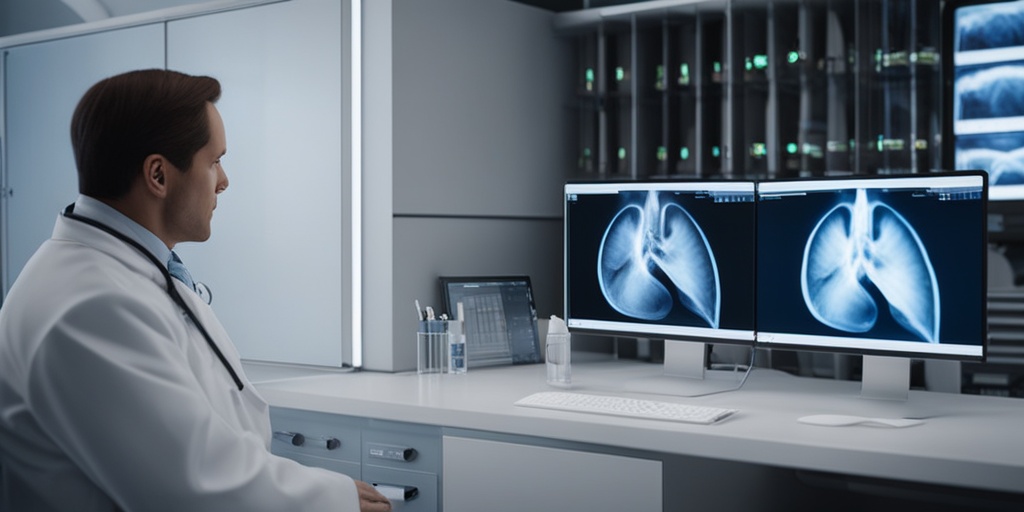
Lung Nocardiosis Treatment Options
Lung Nocardiosis is a rare and serious infection that requires prompt and effective treatment. The goal of treatment is to eliminate the infection, manage symptoms, and prevent complications. In this article, we’ll explore the various treatment options available for Lung Nocardiosis.
Antimicrobial Therapy
The primary treatment for Lung Nocardiosis is antimicrobial therapy, which involves the use of antibiotics to combat the infection. The choice of antibiotic depends on the severity of the infection, the patient’s overall health, and the results of susceptibility tests.
In general, a combination of antibiotics is used to treat Lung Nocardiosis. The most commonly used antibiotics include:
- Sulfonamides, such as sulfamethoxazole and trimethoprim
- Macrolides, such as azithromycin and clarithromycin
- Fluoroquinolones, such as ciprofloxacin and levofloxacin
- Tetracyclines, such as doxycycline and minocycline
Antimicrobial therapy is usually administered for a minimum of 6-12 months to ensure that the infection is fully cleared. In some cases, treatment may need to be continued for up to 2 years or more.
Surgical Intervention
In some cases, surgical intervention may be necessary to treat Lung Nocardiosis. This may involve:
- Drainage of abscesses or infected fluid collections
- Removal of infected lung tissue or nodules
- Repair of damaged lung tissue or airways
Surgical intervention is usually reserved for severe cases of Lung Nocardiosis, such as those with large abscesses or significant lung damage.
Supportive Care
In addition to antimicrobial therapy and surgical intervention, supportive care is essential to manage symptoms and prevent complications. This may include:
- Oxygen therapy to improve oxygen levels in the blood
- Pain management to reduce discomfort and pain
- Respiratory therapy to improve lung function
- Nutritional support to promote healing and recovery
Supportive care is tailored to the individual patient’s needs and may vary depending on the severity of the infection and the patient’s overall health.
Antibiotics for Lung Nocardiosis
As mentioned earlier, antibiotics are the primary treatment for Lung Nocardiosis. The choice of antibiotic depends on several factors, including the severity of the infection, the patient’s overall health, and the results of susceptibility tests.
In general, the following antibiotics are commonly used to treat Lung Nocardiosis:
- Sulfamethoxazole and trimethoprim: This combination is often considered the first-line treatment for Lung Nocardiosis.
- Azithromycin: This macrolide antibiotic is effective against Nocardia bacteria and is often used in combination with other antibiotics.
- Ciprofloxacin: This fluoroquinolone antibiotic is effective against a wide range of bacteria, including Nocardia.
- Doxycycline: This tetracycline antibiotic is effective against Nocardia bacteria and is often used in combination with other antibiotics.
It’s essential to note that antibiotics should only be used under the guidance of a healthcare professional, as they can have side effects and interact with other medications. Additionally, it’s crucial to complete the full course of antibiotics as prescribed to ensure that the infection is fully cleared.
Remember, Lung Nocardiosis is a serious infection that requires prompt and effective treatment. If you suspect you or a loved one has Lung Nocardiosis, seek medical attention immediately. 🚑

Lung Nocardiosis Complications
Lung Nocardiosis is a rare but serious infection that can lead to severe complications if left untreated or misdiagnosed. It’s essential to understand the potential risks and consequences of this condition to ensure timely and effective treatment.
Respiratory Complications
Chronic coughing and shortness of breath are common symptoms of Lung Nocardiosis. If the infection progresses, it can lead to more severe respiratory complications, such as:
- Pneumonia: Inflammation of the air sacs in the lungs, which can cause fluid buildup and reduce oxygen levels in the blood.
- Respiratory failure: The inability of the lungs to take in oxygen and expel carbon dioxide, which can lead to organ failure and even death.
- Chronic lung disease: Permanent damage to the lungs, making it difficult to breathe and perform daily activities.
Systemic Complications
Lung Nocardiosis can also spread to other parts of the body, causing systemic complications, including:
- Brain abscesses: Infections in the brain that can cause seizures, headaches, and even death.
- Meningitis: Inflammation of the membranes surrounding the brain and spinal cord, which can lead to serious neurological complications.
- Endocarditis: Infection of the heart valves, which can cause heart failure and even death.
Co-Infections and Secondary Infections
People with weakened immune systems, such as those with HIV/AIDS or undergoing chemotherapy, are more susceptible to co-infections and secondary infections. These can include:
- Tuberculosis (TB): A bacterial infection that can spread to the lungs and other parts of the body.
- Pneumocystis pneumonia (PCP): A fungal infection that can cause severe respiratory complications.
- Other opportunistic infections: Infections that take advantage of a weakened immune system, such as fungal, viral, or bacterial infections.
Preventing the Spread of Nocardiosis
Preventing the spread of Nocardiosis is crucial to avoid infecting others and reducing the risk of complications. Here are some essential measures to take:
Practice Good Hygiene
Wash your hands frequently with soap and water, especially after coughing or sneezing. This can help prevent the spread of the infection to others.
Avoid Close Contact
Avoid close contact with others, especially those with weakened immune systems, to prevent the spread of the infection. This includes:
- Avoiding sharing personal items, such as towels, utensils, or drinking glasses.
- Keeping a safe distance from others, at least 3 feet away.
- Avoiding close contact with people who have a weakened immune system, such as those with HIV/AIDS or undergoing chemotherapy.
Get Vaccinated
Getting vaccinated against other respiratory infections, such as the flu and pneumococcal disease, can help reduce the risk of co-infections and secondary infections.
By understanding the potential complications of Lung Nocardiosis and taking preventive measures, you can reduce the risk of infection and ensure timely treatment. If you suspect you or someone else has Lung Nocardiosis, seek medical attention immediately 🚑.

Frequently Asked Questions about Lung Nocardiosis
What is Lung Nocardiosis?
Lung Nocardiosis is a rare bacterial infection that affects the lungs, caused by the Nocardia asteroides bacterium. It is an opportunistic infection, meaning it typically affects people with weakened immune systems, such as those with HIV/AIDS, cancer, or taking immunosuppressive therapy.
What are the Symptoms of Lung Nocardiosis?
The symptoms of Lung Nocardiosis can vary, but may include:
- Fever
- Coughing, which may produce mucus or blood
- Chest pain or tightness
- Shortness of breath or difficulty breathing
- Fatigue
- Weight loss
How is Lung Nocardiosis Diagnosed?
Lung Nocardiosis is typically diagnosed through a combination of:
- Chest X-rays or CT scans to visualize the lungs
- Sputum or bronchoalveolar lavage (BAL) samples to test for the presence of Nocardia bacteria
- Biopsy of lung tissue to confirm the diagnosis
How is Lung Nocardiosis Treated?
Treatment for Lung Nocardiosis usually involves a combination of antibiotics, such as sulfonamides, trimethoprim-sulfamethoxazole, or amikacin, which are effective against Nocardia bacteria. In severe cases, hospitalization may be necessary to manage symptoms and prevent complications.
Is Lung Nocardiosis Fatal?
Lung Nocardiosis can be fatal if left untreated or if treatment is delayed. However, with prompt and appropriate treatment, the prognosis is generally good. It’s essential to seek medical attention immediately if you suspect you or someone else may have Lung Nocardiosis.
Where Can I Find a Lung Center Near Me?
You can search online for “lung center near me” or “pulmonologist near me” to find a healthcare provider or medical facility that specializes in lung care. You can also ask your primary care physician for a referral to a lung specialist.
What is the Primary Location of TB in the Lungs?
The primary location of TB in the lungs is typically the upper lobes, particularly the apical and posterior segments. However, TB can affect any part of the lungs.
What is the Significance of Lung Nodules in Nocardiosis?
Lung nodules are a common radiological finding in Lung Nocardiosis. They can appear as single or multiple nodules on a chest X-ray or CT scan and may be indicative of the infection. A healthcare professional can interpret the imaging results and determine the best course of action.
Remember, if you have any concerns or questions about Lung Nocardiosis, it’s essential to consult a healthcare professional for personalized advice and care. 🏥

